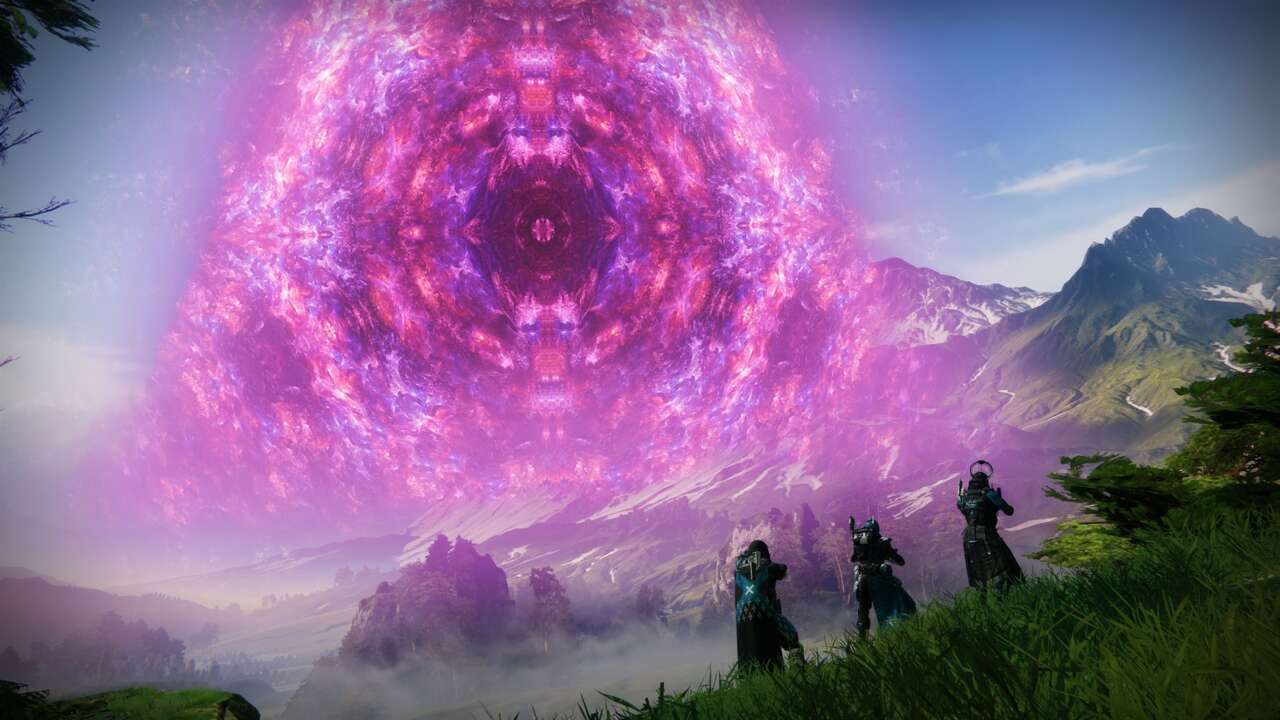It’s impossible to think about The Final Shape without the context of the last 10 years, seven other Destiny 2 expansions, and four original Destiny expansions, plus the campaigns that came with the releases of both games. This eighth Destiny 2 expansion is, to some degree, the culmination of the somewhat haphazard decade-long journey that the first game spawned. And while the story itself hasn’t always been consistently building toward a conclusion, there’s a clear, mostly positive evolution across all those steps that informs what The Final Shape is to Destiny as a whole.
I’ve noted in the past when expansions were high water marks for Destiny 2 as a game, but this is something else. The Final Shape isn’t just another step forward in a long march of progress, but a leap. At least so far, two days in, The Final Shape is as close as Destiny has ever gotten to the original promise of the game when Bungie first described a shared-world sci-fi fantasy shooter set in a strange and far-flung future. This isn’t just Destiny 2 as the best it’s ever been–this is Destiny 2 as it always should have been.
It all starts with a story campaign that tosses you into the Pale Heart of the Traveler in a bid to stop the Witness, Destiny 2’s long-gestating ultimate villain, from using the game’s convoluted physics-ignoring powers to rewrite reality. It’s immediately apparent that developer Bungie has taken a different tack from how it usually approaches these chapters, trading overcomplicated, jargony plots for a focus on Destiny 2’s main cast of characters as they head toward a potentially world-ending confrontation. The Final Shape is easily the best story Destiny has ever told in an expansion, clearly laying out what is at stake and, at least emotionally, how it’ll work, and setting players on a journey straight from point A to point B and a final confrontation with the Witness.
Gallery
A major benefit to that story, and the campaign in general, is the Pale Heart itself. Expansions always bring new destinations to Destiny 2, usually a new planet or moon with lots of cool places for events to happen, but the Pale Heart is inside the Traveler, the magic robot space god that’s been at the center of this franchise for 10 years. Leaning hard into that magical side of the game, we get a location that’s weird, familiar, uncanny, and often remarkable in its art direction.
The idea is that the reality of the place is manifested from the memories and emotions of the people within it, recreating familiar locations from throughout Destiny’s history, but often recombined in strange ways or twisted by corruption. The Pale Heart is a gorgeous and fascinating place to explore, at once a heaven and hell of the Destiny universe. It leans all the way into the game’s weirder side, which comprises some of the best elements of Destiny 2, and offers a ton of different places to fight, run, and climb, a variety that it uses to provide new gameplay scenarios and combat encounters that feel fresh and interesting, despite players doing more or less this exact thing for the last 10 years.
The campaign combines many of the best elements from years of Destiny 2 gameplay to create a standout experience, especially on the challenging Legendary difficulty. First, it’s the most mechanically intensive a campaign has been. Just about every big encounter has an extra layer to deal with, like toxic air that requires you to periodically zap a specific object while you stand next to it to gain a protective buff, or enemies that drop “runes” when they die that correspond to locked doors, requiring you to remember which pictures you saw earlier to activate the correct keys.
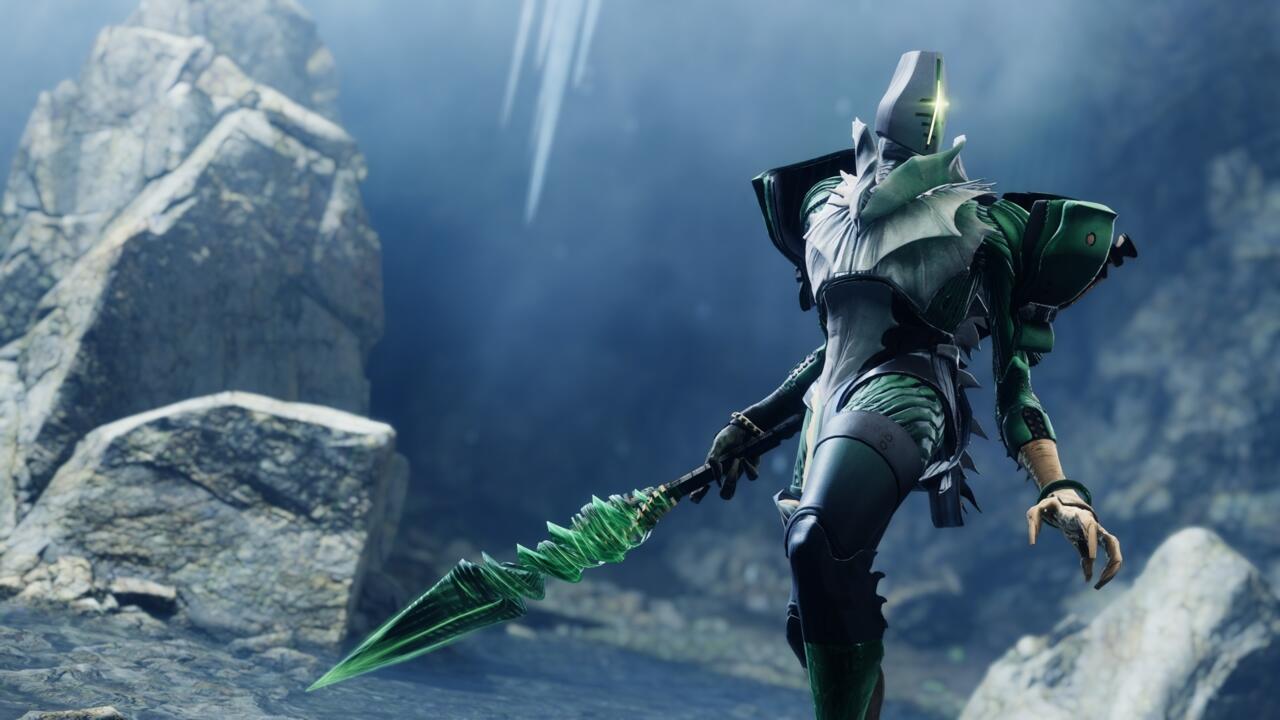
Usually, these kinds of elements are relegated to Destiny 2’s tougher and more teamwork-intensive raids and dungeons, its best and most fun content. They’re simpler in the campaign but still engaging, adding a cerebral layer to blasting through hordes of aliens that increases the chaos in a fun and dynamic way, without ever being overwhelming or frustrating. The sheer number of new and compelling mechanics, both in the campaign and scattered across the Pale Heart itself, is remarkable, and makes most everything you do in The Final Shape seem interesting and different from what players have become accustomed to.
The second major addition is an entire new enemy faction called the Dread, which adds several new enemy types to battles and rewrites the calculus of Destiny 2’s firefights in significant ways. Destiny has added a few new enemies to its long-standing factions over the last few expansions, or changed slightly how a few of them operate to force you to adjust your tactics, but those are minor adjustments next to the kind of whole-cloth tactical alterations the Dread can bring to a fight, especially on higher difficulties. The most common and toughest of these wield powers that have mostly been the purview of the players up to now. They focus on debuffs that slow you down or freeze you in place, suspend you in the air so you can’t maneuver for a few seconds, or grab you and yank you out of cover and into danger. Bungie put a lot of their focus for the Dread on messing with your positioning and flushing you out of safety, and it makes fighting these enemies fraught. They’re a phenomenal addition to the combat landscape of Destiny 2, changing the makeup of fights in significant and surprising ways and supporting a bunch of new challenges.
Level design in the campaign, and throughout the Pale Heart, is also generally strong, although Bungie has opted for smaller, tighter arenas than in the past that, at times, feel a bit constraining. These rooms feel like they’re aimed at putting you closer to the Dread more often, making their area-denial and cover-flushing abilities more dangerous. But it can also feel like you’re stuck shoulder-to-shoulder with an army, turning a firefight into a firing squad. Speed and movement are as much a part of Destiny 2’s shooter DNA as gunplay, and while smaller battlefields can test players in different and interesting ways compared to open ones, the string of them in the Legendary campaign starts to constrict some of the best and most fun elements of Destiny 2’s battles.
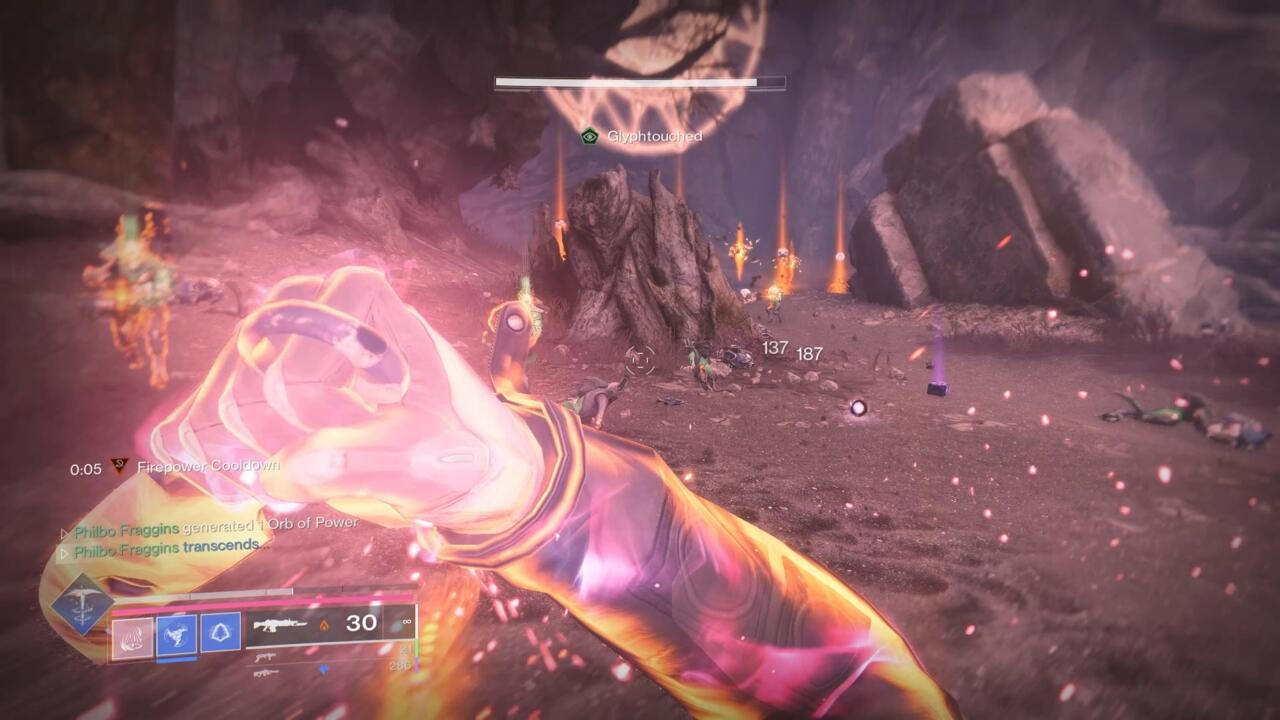
The final major addition The Final Shape brings is Prismatic, a new subclass for players to use. Where the last two subclasses had specific focuses–Stasis was about slowing, freezing, and shattering enemies, and Strand was about tying, suspending, and shredding them–Prismatic gives you a slate of options drawn from each of the other subclasses, so you can combine abilities to make new synergies. It’s not quite as drastically new or exciting as Strand was when it was fully unlocked in the last expansion, but recombining the lego blocks of Destiny 2’s different powers and abilities feels great when you get the right combination of abilities, guns, and armor working together for peak build efficiency.
Bungie has been improving on its subclass abilities for a long while now, making them all distinct from each other in their gameplay styles and uses, so fitting all those pieces together in different ways genuinely leads to some brilliant, clever, and creative new combinations. There are a lot of great tools to play with in Destiny 2’s sandbox. Prismatic doesn’t drastically change it up–The Final Shape adds some new Super abilities you can use with it, alongside new perks for buildcrafting and Transcendence, the new “mini-super” that gives you a cool new grenade to use and some other more minor benefits–but just getting access to mixtures like freezing your opponents, setting them on fire, and closing the distance with an electrified speed boost is an excellent way to create exciting new moments.
The thing about the campaign that has struck me the hardest, though, is the way it tells its story. While the seasonal stories between each major chapter have had the space and depth to tell some strong, affecting stories, Destiny 2 expansions are absolutely lousy with badly told, confusing ones, where monsters you’ve never heard of before show up to threaten the solar system in vague ways with macguffins you don’t understand. It has often seemed that, because expansions are major points of entry for new, lapsed, or casual players, that Bungie has avoided committing too hard to stories that require much understanding of or investment in the world it has created. The result is a mess of campaign stories that generally serve neither the casual nor the hardcore audiences very well, and even the best Destiny 2 expansion stories are a little hard to follow and, much more damningly, hard to care about.
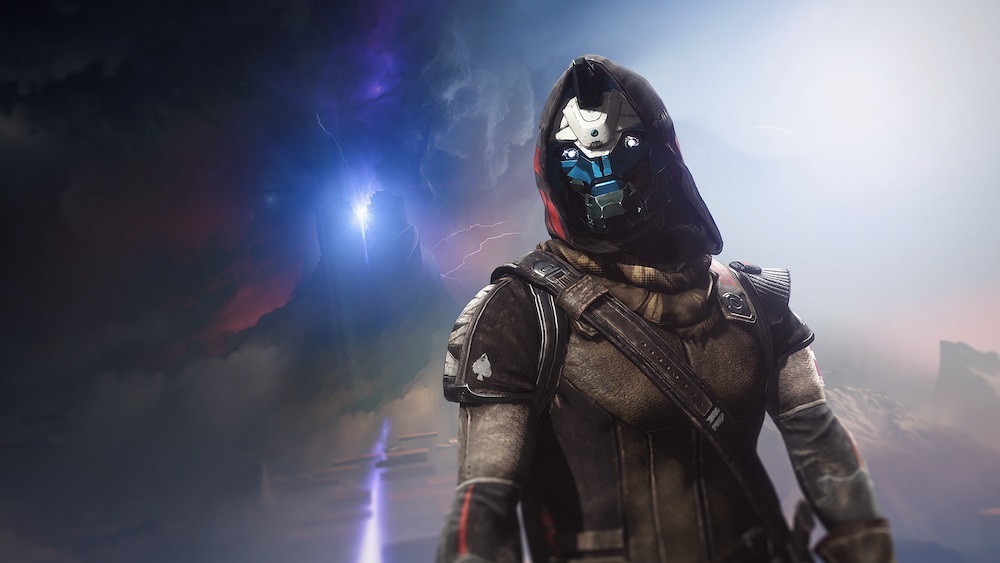
The Final Shape completely upends this trend. It helps that the Witness’s deal is clear regardless of how well-versed you are in space magic, and that you’re exploring a wild new location where Bungie can make up new rules that everyone is learning at the same time. But what makes the story of the campaign work is the characters, and The Final Shape’s willingness to center them, to sit with them, and to engage with them. We’ve never had a Destiny 2 campaign care so much about the people taking part in it, where the radio banter is as much about how characters are feeling and coping and their conflicts with one another, as it is about what to shoot. It has the result of making missions feel important and meaningful at every step–not just because there’s a big universe-ending threat at the end, but because of how everyone involved is affected here and now.
Most importantly, though, Bungie trusts its own worldbuilding and its audience with The Final Shape in a way it usually doesn’t with expansions. It expects you to either know enough about these characters to follow along or to pick up the dynamics from context. Importantly, though, the campaign is willing to just stop between missions and take a moment, using cutscenes, monologues, or conversations by a campfire, and push that characterization to the forefront. This is a Destiny 2 expansion story that feels like it really cares about what it’s portraying and expects you to care, too, rather than coming off as fearful that you might get bored and turn the game off if people talk for too long without you shooting anything. It’s so much better than nearly every other Destiny 2 campaign that it makes you wonder what the game would have been like if Bungie had been willing to treat the rest of its stories this way across the last 10 years.
As is traditionally the case, we can’t fully judge The Final Shape until more time has passed. Finishing the campaign opens up the Pale Heart to explore, with even more missions to complete, and there’s a lot to unpack there. My initial impression, having at least tried most of what’s on offer, is that the destination itself and the post-campaign missions are also excellent. But no Destiny 2 expansion can be fully understood before the launch of its raid, and with The Final Shape, Salvation’s Edge is the true culmination of the conflict with the Witness.
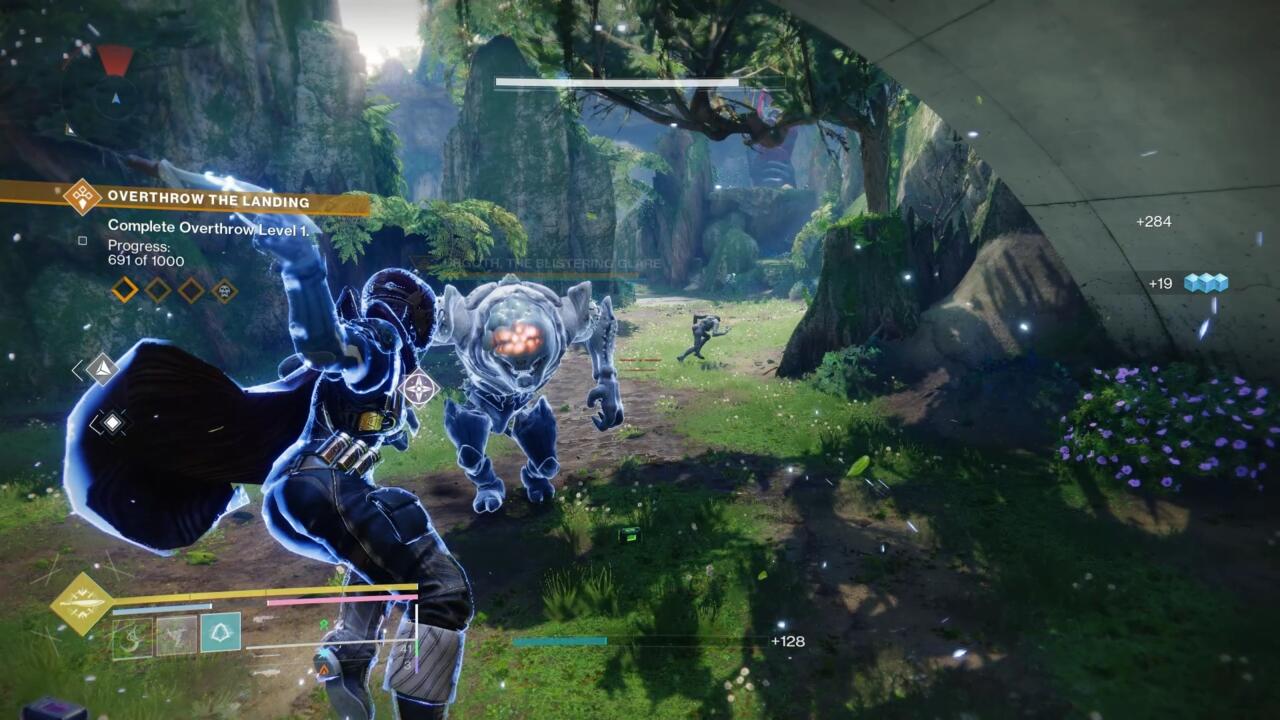
That said, apart from a few quibbles about little things like arena sizes, this truly feels like what Destiny 2 has always been trying to be. The Final Shape takes everything that’s good about Destiny, from great combat design, to puzzles and platforming, to creative encounters and fun abilities, to cool worldbuilding and excellent art direction, and brings them all together in a way the game has generally struggled to in the past. It brings its best characters into the campaign and gives you a reason to care about this war they’re waging and what it’s doing to them. Even the user interface is improved to make tracking everything happening in-game or completing regular MMO tasks clearer and easier to understand.
We’re still waiting to see how Bungie brings this plane in for a landing, but if nothing else, The Final Shape makes Destiny feel like it’s finally meeting its own ambition, unifying its best ideas and executing them with confidence in itself. This is meant to be the end of the current story arc, but if the future of Destiny 2 is more like this, then there’s reason to be excited about what other worlds Bungie might explore.
